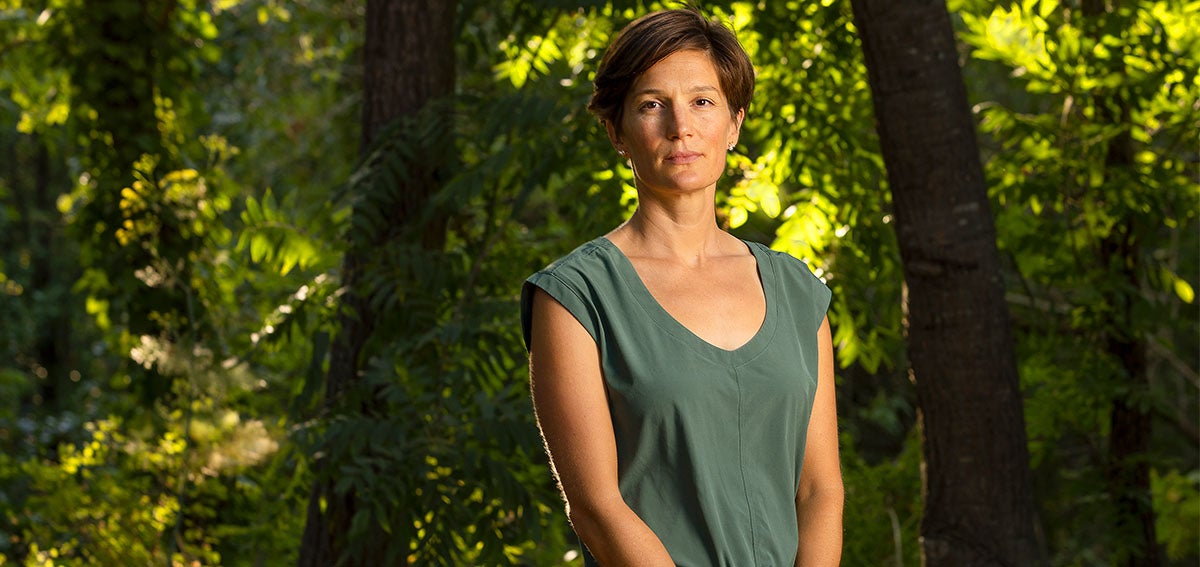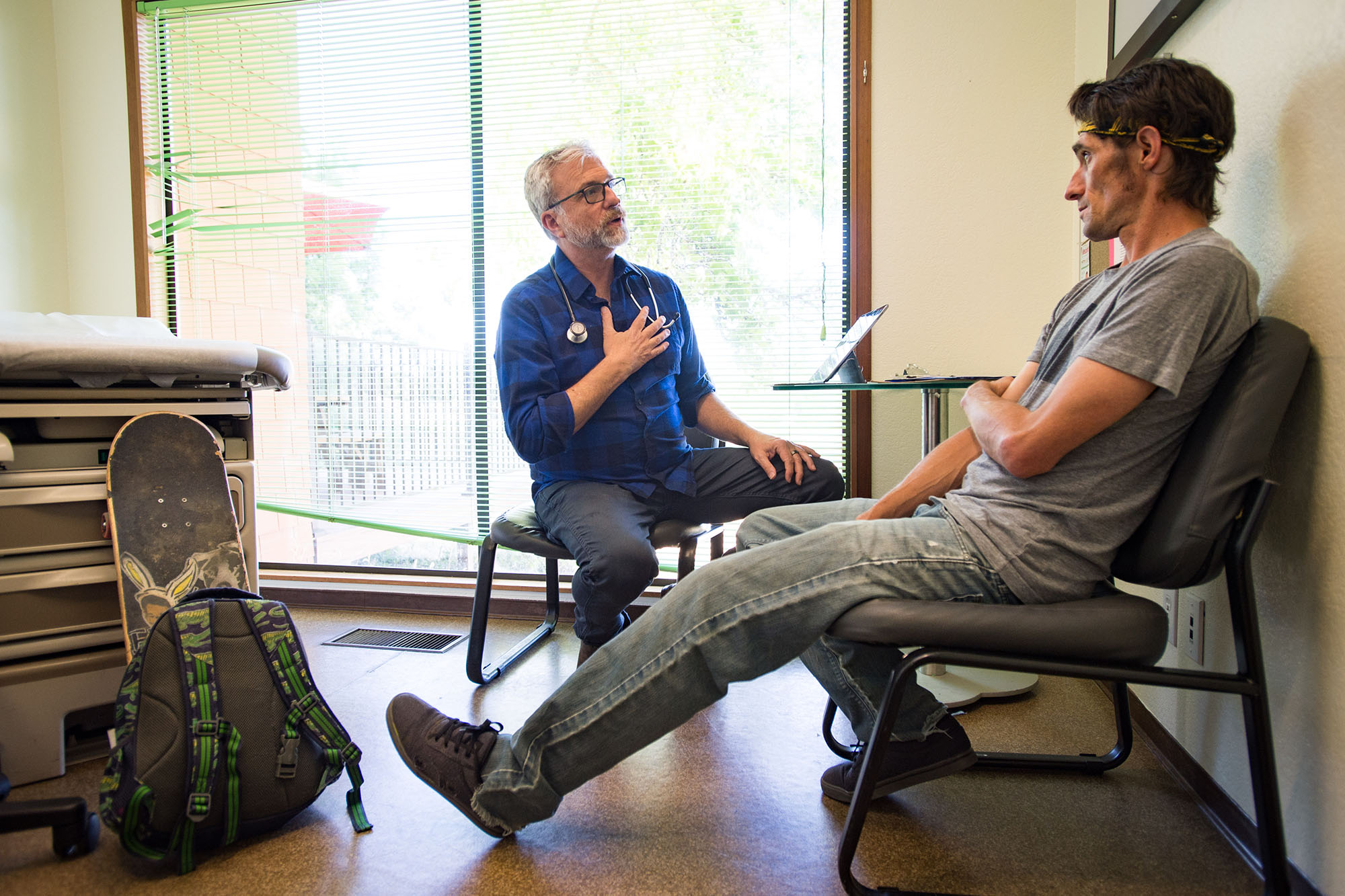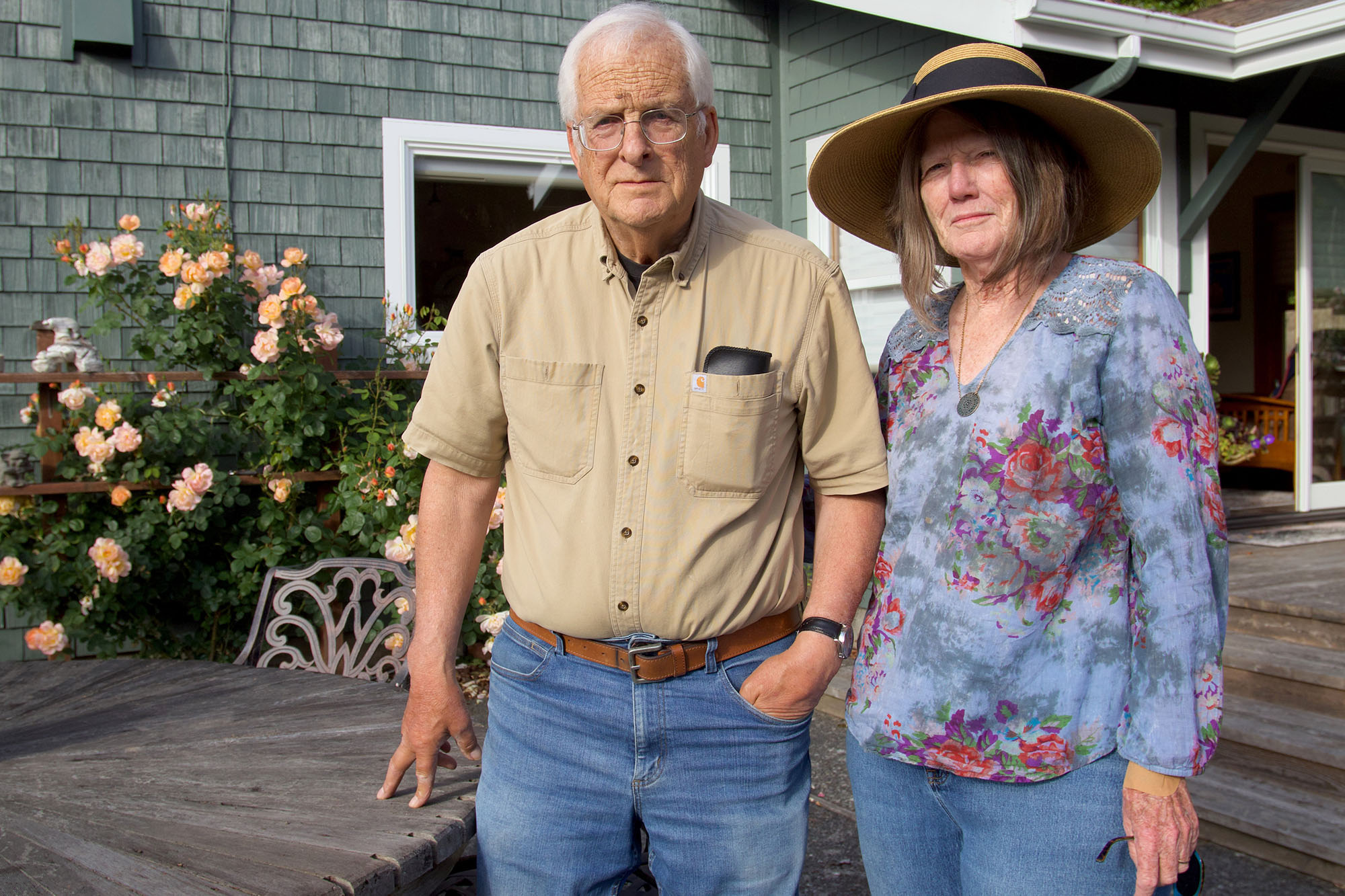
Nurse practitioners play a key role in providing reproductive health care. They work in tandem with physicians to perform routine gynecological exams, prenatal care, and abortions. Their expertise and skills are increasingly in demand as California grapples with a shortage of physicians at a time of increased need, especially since the US Supreme Court in June overturned the constitutional right to abortion.
When California enacted AB 890 in 2020, lawmakers created a pathway for nurse practitioners (NPs) to treat patients independently (without physician supervision). Legislation (SB 1375) now pending in Sacramento would permit independent nurse practitioners to perform aspiration abortions without physician supervision. An aspiration abortion is a safe and common in-clinic procedure that generally is performed before the 16th week of pregnancy.
Recently, I met on Zoom with Christine Henneberg, MD, a physician who specializes in women’s health and family planning, to discuss the many ways California nurse practitioners already are essential players in providing quality reproductive health care. In her Northern California medical practice, Henneberg spends most of her clinical time performing abortions, working closely with nurse practitioners to provide care to a diverse group of patients.
Henneberg is the author of a forthcoming memoir, Boundless: An Abortion Provider Becomes a Mother, in which she explores difficult questions about the meaning of choice. Henneberg details her experiences with a nurse practitioner who helped train her. This transcript has been edited for clarity and length.
Q: How do you work with nurse practitioners to provide abortions, and how do you assess their skills?
A: In women’s health, doctors and nurse practitioners are always working alongside each other. I work with nurse practitioners who support me in high-volume abortion clinics, helping me screen patients, do chart review, and anticipate contraindications or complications that we need to be aware of. Some of these NPs also provide first trimester abortions, and so we will discuss difficult cases. I help them think through problems, and they help me do the same.
I provide some supervision of nurse practitioners — mostly focused on reviewing charts and providing consultation when necessary. Truthfully, I don’t really feel like I supervise anyone, even though technically that’s what I’m doing. I answer questions as they come up. I’m reviewing and signing off people’s charts. My experience has enabled me to work alongside nurse practitioners who are very competent and don’t need me constantly looking over their shoulders.
Q: Why do you have such trust in them?
A: I think it would be disingenuous for any MD to claim to have more inherent competence or abilities than a nurse practitioner. After I graduated residency and began practicing independently, I was working with nurse practitioners who had been providing gynecological care and prenatal care for much longer than I had. And that’s still true. I work alongside nurse practitioners who are much more experienced in certain gynecologic procedures than I am because they do more of them than I do. So I ask their advice. I learn from them. It’s a two-way street.
There are certain skills and qualities in a health care provider that can’t be taught. In abortion care, those skills and qualities include needing to be exquisitely sensitive to a patient’s emotional experience. This includes being able to recognize and respond to people who have experienced trauma and violence and understanding how those experiences affect someone’s reproductive health care experience. This includes knowing what language and tone to use and what to avoid. It includes being flexible. These aren’t skills that were taught in medical school or nursing school. I would argue that many nurse practitioners are better at some of these things than some physicians. Excellent abortion care has to be about safety first, but it also really needs to be about compassion and trust.
Q: Can you share an example of a time when a nurse practitioner helped you as a physician provide better care?
A: I have a colleague who is one of the few nurse practitioners who currently performs aspiration abortions in California. One day, she was supporting me in clinic while I did procedures that she was just as capable of doing. She came into the room and provided ultrasound guidance for me on a procedure where I was having difficulty. That day, she taught me a new examination maneuver that I had never used before. She taught me something that allowed me to complete the procedure.
Q: What abortion access issues do you anticipate because of the recent Supreme Court decision?
A: We know that care bottlenecks are coming. Our clinics are starting to get impacted by patients seeking abortion. In my limited experience, a lot of these patients seem to be coming from Nevada, a state that’s been absorbing a lot of out-of-state patients after the court’s ruling. Nevada still has legal abortion, but waiting times have gotten so long that Nevada patients seeking abortions are now coming to us. It’s a domino effect. It’s only going to get worse.
One thing that hasn’t been talked about enough is the nature and the timeline of medication abortion, which is primarily being performed by nurse practitioners in my practice setting. In a medication abortion, the pregnancy passes after the patient leaves the medical office. That timing is unpredictable, which presents a problem for a patient who plans to travel back to her home state right after starting the process. Even though medication abortion is very safe clinically, from a legal perspective it’s now become quite complicated. For women traveling to California, aspiration abortion seems preferable because it all happens right there in the office. But who’s going to perform all those procedures? How is it going to be affordable for our health care system to address surging demand if every single nurse practitioner must be supervised by an MD?
Q: In 2020, California lawmakers passed AB 890, which created a pathway for nurse practitioners to work independently, without physician oversight. What is your opinion about allowing NPs to practice independently, especially within the reproductive health sphere?
A: Most abortion procedures are exceedingly safe. People like to say, “Well, what about the complicated ones? And what about the ones where things go wrong?” Being a licensed health care professional is about knowing your scope — knowing what you can safely manage and what you can’t. Sometimes that’s very predictable, and you refer a patient to a different setting or a different provider based on the complexity of the care needed. The idea is that you train NPs to do this, just like somebody trained me. And then you back them up, just like somebody backed me up. Just like I have the hospital to back me up if a patient needs a level of care I’m not equipped to provide. I do think it will remain a partnership.
Q: Let’s say I’m a patient getting an abortion. Instead of seeing you, I’m told a nurse practitioner is going to perform my abortion. I ask, “Why don’t I get a doctor?” What would you say to that patient?
A: I would tell that patient: This nurse practitioner is my colleague. She and I work together. We learn from each other. We trust each other. We back each other up. If she runs into any difficulty in your procedure, it won’t be because of a lack of training. It will be because some procedures are more difficult than others. And she will call me in to help her, just as I have called her in to help me with procedures that are difficult. Most difficulties that we encounter in medical procedures do not arise because of our lack of ability, they arise because situations can be unpredictable, and you need people working together as a team.
Q: What should California policymakers be considering when they determine the transition-to-practice period, which defines how much experience and physician mentorship an NP must achieve before being allowed to practice independently?
A: I started performing abortions independently after I’d done somewhere around 300 procedures. Now is not the time to unnecessarily make it harder for NPs to perform more abortions.
Those care bottlenecks that we talked about — they’re not just coming. They’re already here. The urgency is here.
Minerva Canto contributed to this article.
Authors & Contributors


John Burgess
John Burgess has been a photojournalist at the Pulitzer Prize–winning Press Democrat and Sonoma Magazine for 31 years. On weekends he photographed over 350 assignments for Sports Illustrated, specializing in portraits of athletes like Barry Bonds, Tiger Woods, Buster Posey, and Jerry Rice.





